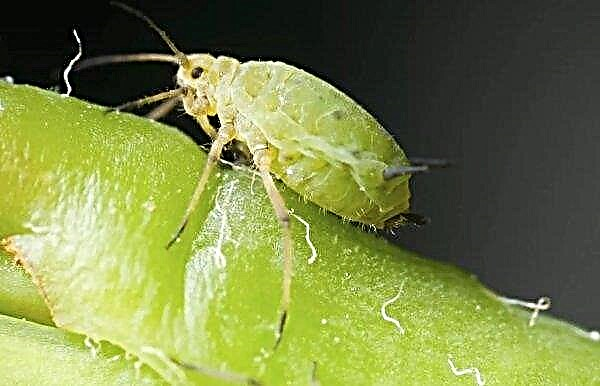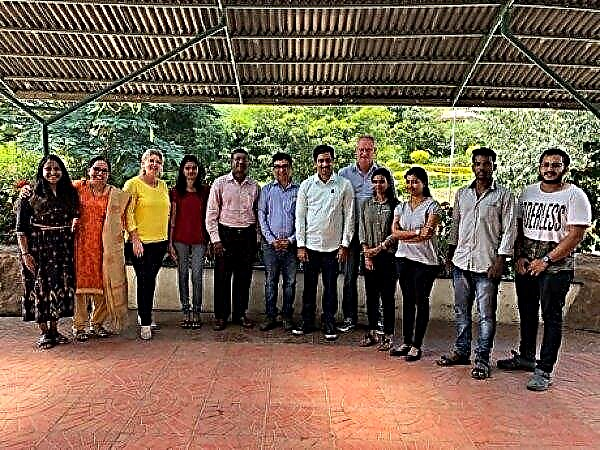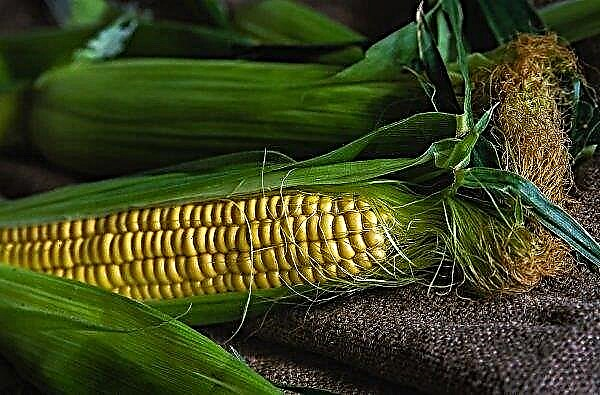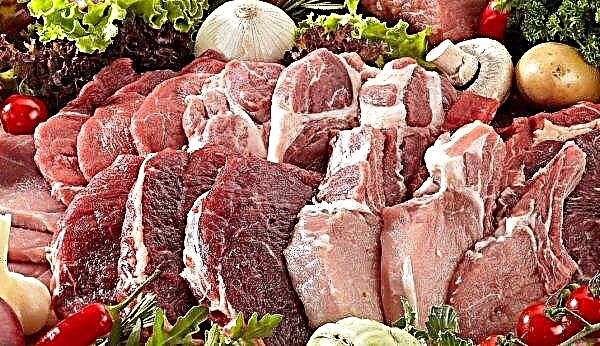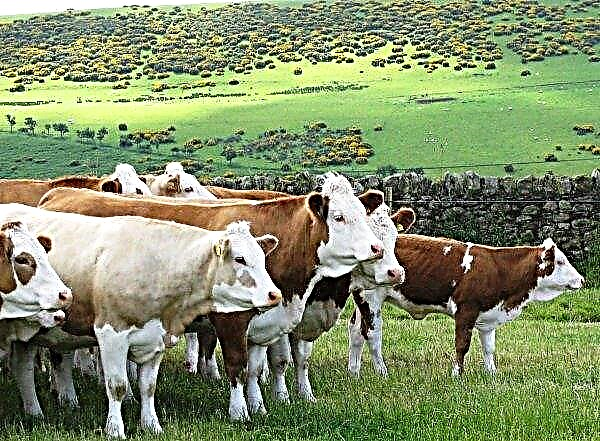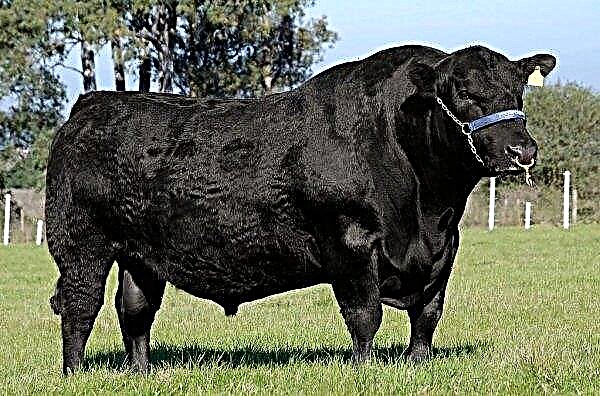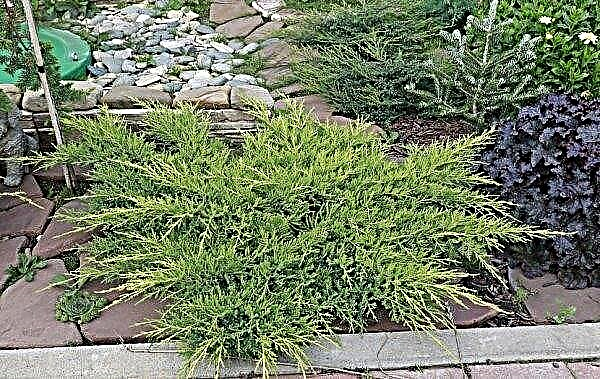For many years, organic farmers in Western Canada have not been very worried about the yields and agronomy under their control. But this low-consumption low-key approach is fading.
 Productivity depends on a long list of factors. Producers control some of these factors, and Mother Nature controls everything else.
Productivity depends on a long list of factors. Producers control some of these factors, and Mother Nature controls everything else.
Direct speech: “I am very glad that we have people who talk about getting good yields in organic products,” said Martin Entz, a professor of plant studies at the University of Manitoba, who specializes in organic sowing systems. “For a long time ... there were a lot of bad organic crops.” Enz commented on the Prairie Organics 2020 conference in Brandon in early March.
The land on which organic crops are grown is cleared of pesticides and synthetic fertilizers.
Not so long ago, many organic producers were ready to achieve 50% of the crop. They could have survived financially with poor yields because organic prices were high and they used minimal resources to grow wheat, oats, flax and cereals.

Now many farmers are questioning this approach.
Ian Cushon, manager of the Moose Creek Organic Farm in Oxbow, Sask, said improving soil fertility and increasing yields is a priority, investing in cover crops or dung to improve soil nitrogen levels. And spends money on phosphorus.
- Bruno's organic prickly pear farm is located in an area close to Enne (Italy). Here on 10 hectares. edible cacti are cultivated under the brand name Fichidindia Bio.
- On the slope of Mount Kilimanjaro, there is an organic farm organized by a Swiss nature lover.
- The share of organic farming in Bavaria is growing every year. Now the mark of 10 thousand organic farms is exceeded, according to the Ministry of Agriculture.

